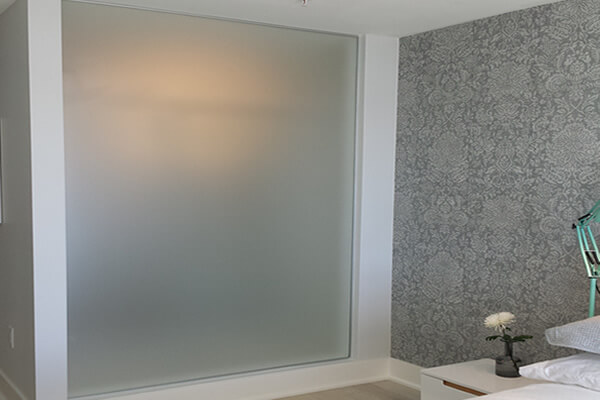

Exploring Low E3 Glass The Future of Energy-Efficient Windows
In the architecture and construction industry, energy efficiency has become a top priority. One of the most innovative solutions to enhance energy conservation in buildings is the use of Low Emissivity (Low-E) glass, specifically the Low E3 glass. Understanding this material's properties, benefits, and applications can illuminate its significance in modern construction practices.
What is Low E3 Glass?
Low E3 glass is a specialized type of glass that contains a thin, transparent coating designed to reflect infrared light while allowing natural light to penetrate. This coating significantly reduces the amount of heat that escapes from the building during colder months while also minimizing heat gain during the warmer months. The E in Low-E stands for emissivity, which refers to the ability of a material to emit energy. The 3 indicates a specific formulation of the low-emissivity coating that provides optimal thermal performance.
Benefits of Low E3 Glass
1. Energy Efficiency One of the primary advantages of Low E3 glass is its energy-efficient properties. By blocking a significant portion of the sun’s heat (up to 70% in some cases) while allowing visible light to pass through, this glass helps maintain a comfortable indoor temperature. This translates to reduced reliance on heating and cooling systems, leading to lower energy bills.
2. UV Protection Low E3 glass also provides excellent protection against ultraviolet (UV) rays. Standard glass absorbs only a fraction of UV radiation; Low E3 glass can block up to 99% of harmful UV rays, which helps protect interior furnishings, artwork, and carpets from fading and deterioration.
3. Enhanced Comfort With its ability to keep indoor temperatures stable, Low E3 glass contributes to enhanced comfort for occupants. By minimizing temperature fluctuations, the material ensures that spaces remain comfortable, regardless of the season.

4. Sustainability As sustainable building practices become more vital in reducing environmental impact, Low E3 glass stands out as an eco-friendly choice. Its energy-efficient properties help minimize greenhouse gas emissions associated with heating and cooling, making it a preferred material for green building projects.
5. Aesthetic Appeal Beyond functionality, Low E3 glass offers the aesthetic advantage of allowing ample natural light to enter buildings without compromising on energy performance. This can create bright, welcoming indoor environments, enhancing the overall appeal of residential and commercial spaces.
Applications of Low E3 Glass
Due to its myriad benefits, Low E3 glass has found applications in various sectors, including residential, commercial, and industrial buildings. Homeowners often opt for Low E3 windows as a part of energy-efficient renovations or new constructions. In commercial settings, the glass is widely used in office buildings, shopping centers, and schools, where maintaining energy efficiency and comfort is crucial.
Moreover, Low E3 glass can be integrated into curtain walls and skylights, further leveraging its thermal performance and aesthetic qualities. Architects and builders increasingly incorporate this glass into their designs, promoting sustainable practices while meeting modern consumer demands for energy efficiency.
Conclusion
In conclusion, Low E3 glass represents a significant advancement in energy-efficient building materials. With its ability to reduce energy costs, protect against UV rays, enhance occupant comfort, and promote sustainability, it is no wonder that this innovative glass is becoming a staple in modern construction. As the demand for energy-efficient solutions continues to grow, Low E3 glass is positioned to play a crucial role in the future of architecture and building design, paving the way for a more sustainable world.